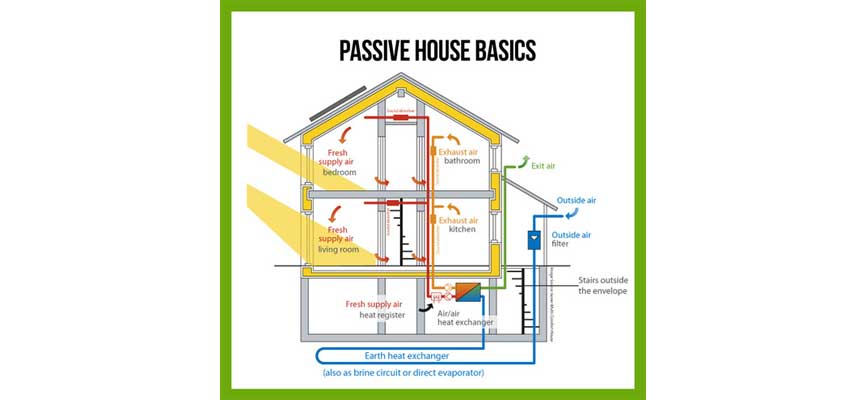How to build a lemon battery
The stack is a device that converts chemical energy into electric energy using a redox reaction between the two metals, which causes a flow of current between the two electrodes. With just a few materials you can build at home a simple battery ” do it yourself “.
The current generated is very small, detectable with a meter and enough to light an LED with low consumption or to feed a liquid-crystal clock or a calculator. Here you will learn how to build a battery using mainly a lemon.
Make sure you have at hand: A lemon, A copper foil (or a coin of copper), A thin layer of zinc (or a galvanized nail), A meter and connecting cables.
- Take a lemon and a little crush, without breaking the skin.
- Stick the lamina zinc (Zn) and copper (Cu) in the lemon on a distance of about 2 cm, taking care that they do not touch. Alternatively to the two foils can be used also other objects such as coins or nails, always of copper or zinc. The two layers constitute the electrodes of the battery; lemon juice electrolyte is a substance, which allows the passage of current. Inside the lemon is a redox reaction, in which the zinc foil oxidizes, losing electrons, and the copper foil undergoes reduction by purchasing and charging negatively.
- Initially, the robots are neutral and zinc dates favorable conditions, tend to enter into the acidic solution as ions Zn++, leaving two electrons on the lamina, which is negatively charged. The copper electrode is the same thing but to a lesser extent: the copper foil will be less charge than that of zinc and can be regarded as positive with respect to it, but both are negatively charged with respect to the acidic solution.
- By connecting the two plates to a cable tester to alligator clips, you can measure the flow of current. The excess electrons on the zinc foil flowing through the meter, to the other sheet where they are captured by the copper ions returning to be neutral. Here other copper atoms are ionized, entering the acid solution and so the cycle continues. The potential difference that is created between the plates, due to the fact that they are differently charged, favors the passage of electrons from the zinc to copper.
- After a few minutes, one can observe a decrease of the current, because of the zinc electrode which is consumed and because the acidic solution in the lemon is depleted of ions.
Never forget: You can repeat the same experiment using in place of the lemon other materials such as a soft drink, a potato or other types of plants.






